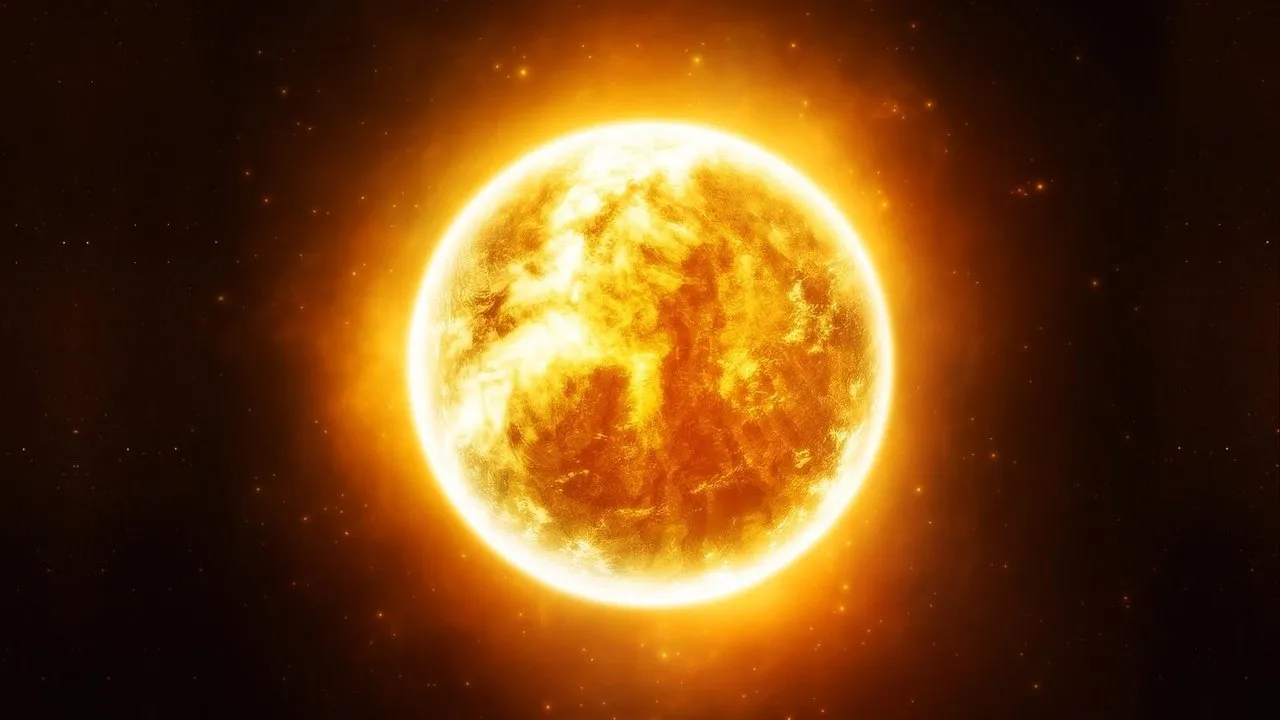When it gets dark, they raise and sparkle in the sky, the stars that thousands of years ago inspired the fantasies of our ancestors and carried their thoughts with them into a world where heroes fight monsters or gods turn their eyes on the world.
Today we know that the stars are not gods, but burning gasballs in the sky. We can see about 6000 stars in the night sky with the naked eye. Among them are our direct neighbors in the universe, the planets, which do not radiate from within themselves, but reflect the light of the sun.
Our sun, which stands at the center of our solar system and accounts for almost 99.9 percent of the total mass, has a diameter of just under 1.4 million kilometers. This is 109 times the diameter of the earth and the average of all stars in the universe. And in fact our sun have nothing special from a cosmic point of view, an average yellow shining dwarf star and yet our life depends on it.
Its luminosity corresponds to a radiant power of about 3.8 times 10 to the power of 26 watts. That is several million billion more than the world's population consumes and the surface temperature is only about 5700 degrees Celsius.
The sun rotates around its own axis in about four weeks. It takes 25.4 days at the equator, 27 to 28 days in medium widths and 36 days near the poles. The reason for this is that our central star is not a solid body, but a gas ball consisting of 73.5 percent hydrogen and 25 percent helium, the two lightest elements in the universe. The rest consists of heavy elements such as oxygen and carbon.
In total, the sun is 333,000 times heavier than the earth and precisely because it is so heavy, it glows, because our sun could not actually carry this weight, it would collapse if it did not generate radiation in its core that resists this pressure.
In the core of the sun runs the motor that keeps us alive. The basis for this is hydrogen, the simplest element in the universe. When several hydrogen nuclei merge under enormous pressure and at several million degrees, they generate the energy that keeps us alive.
It is the sunlight that prevents our planet from becoming a cosmic refrigerator.


 Part 2
Part 2 

